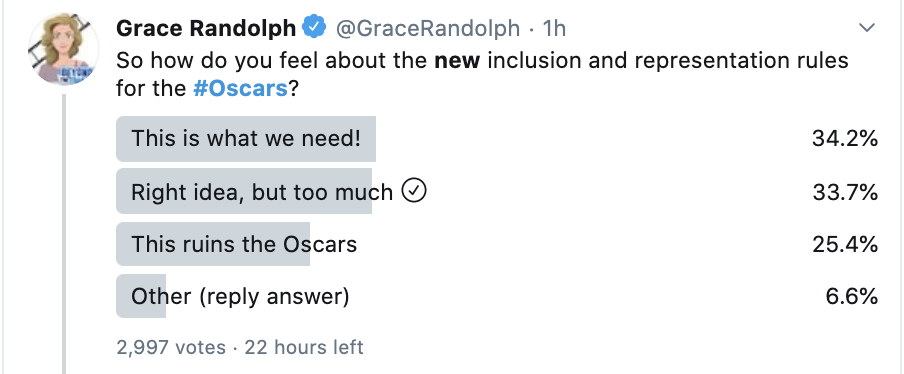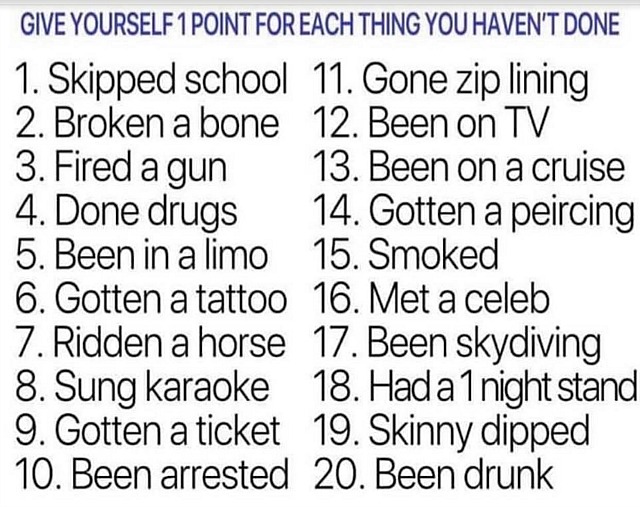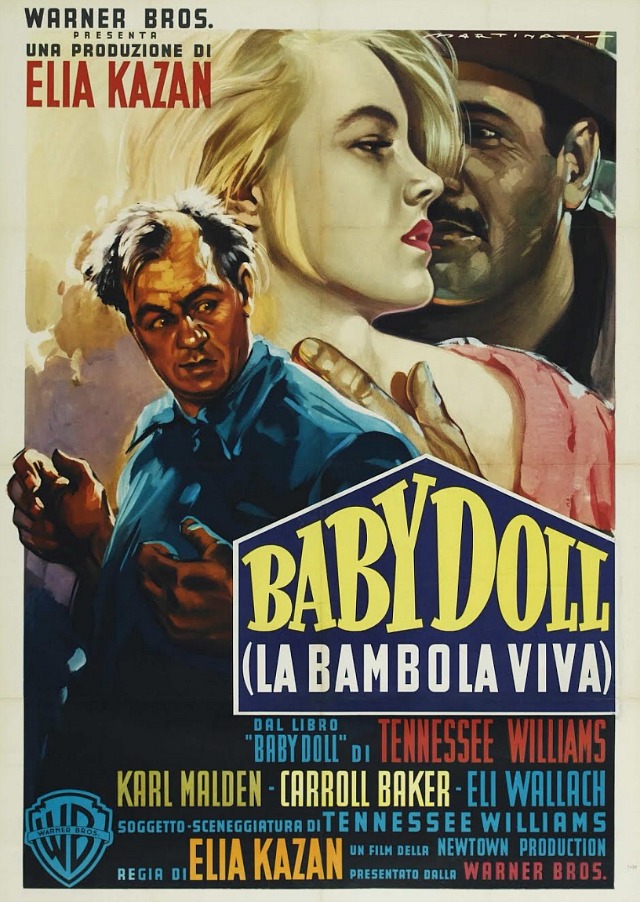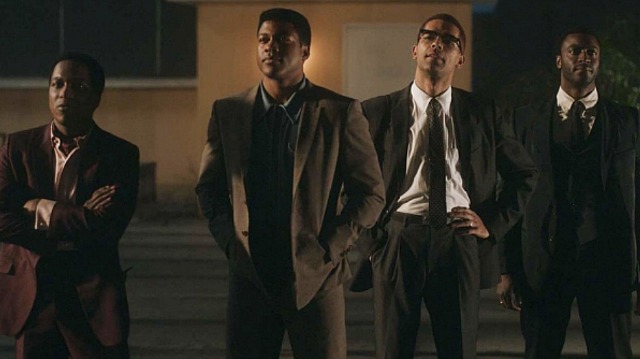HE to Pessimistic Friendo: “You’re too much of a doomsaying pessimist at this stage of the game. You’re really bringing me down. 38% to 42% of the voters support a monster, yes, but that leaves 58% of the voters who don’t. We’re all suddenly perched on the edge of totalitarianism, fascism, a race war. You have to believe in sanity, fairness and decency. Joe recently stood up the wokester shitheads in the streets, saying that lawlessness won’t be tolerated. He’ll certainly repeat this in the debates. You have to believe, have a little faith.”
Journo Pally to Same Pessimistic Friendo: “It was in March 2016 that I first predicted that Trump would win the 2016 election.
“By the time the 2016 conventions happened, I knew just how off-the-mark the media was. I thought Trump’s nomination-acceptance speech was, in its horrific way, an incredible piece of showbiz; it was panned by every journalist as a loser of a speech. Hillary’s nomination-acceptance speech, on the other hand, I thought was the pits — I turned to my wife and said, ‘There’s no fucking way she can win.’ But the journalists were ecstatic. It was then that I realized the media was becoming a series of agenda-driven wish-fulfillments.
“So I have the bona fides and battle scars to say, ‘I got what the media didn’t in 2016.’
“But I’m honestly sensing far more enthusiasm for Biden than I did for Hillary. And much, much more weariness about Trump. That doesn’t mean a lot of the same dynamics aren’t in play; they are. Members of the woke media still don’t get, and never will, why they strike everyone in the world (including those of us who consider ourselves liberals but not woke) as a bunch of elitist hypocrites.
“But the thing about Donald Trump is: He’s not a politician, or even a true dictator (though he could become one) — he’s a TV show. (That, in a certain way, is what Hitler was too; actually, Hitler was a movie.) And there’s an eternal rule about TV shows, even the most popular ones:
“They get old.
“People get tired of them. At a certain point, after one too many seasons, everyone says, ‘Next.’ I think Trump is reaching that point.”










